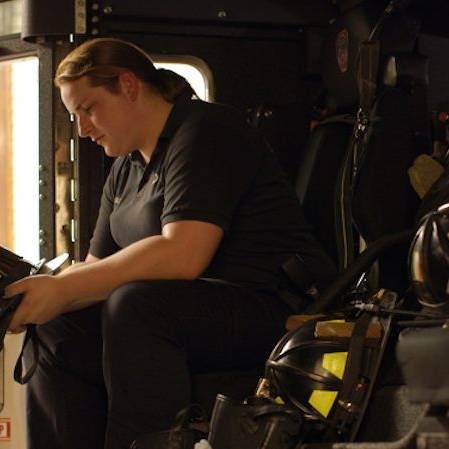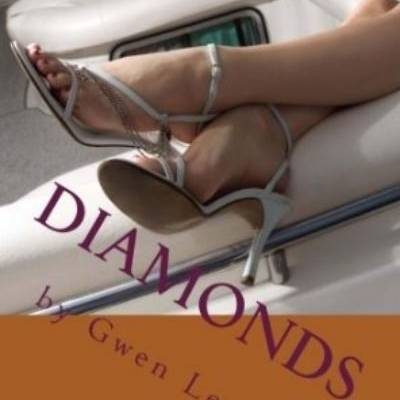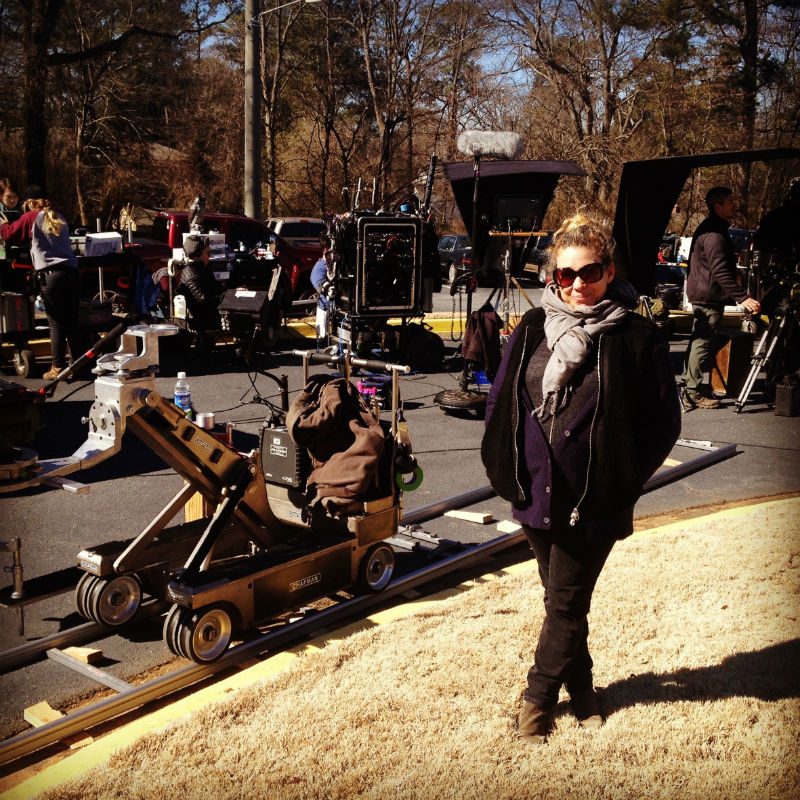
What being queer means for women working in television, both behind and in front of the camera.
My agent’s assistant once told me in a meeting that my agent “thinks that you can only play lesbian characters.”
Even though my agent was a gay man he assumed that because I had short, spiky hair I would be seen as a lesbian, and therefore more easily cast in lesbian roles.
According to GLAAD’s most recent “Where Are We on TV” report, only 33 per cent of the 4 per cent of LGBT characters in primetime programming on broadcast networks are actually lesbians. So to be typecast would mean fewer jobs for me.
At that stage in my acting career, I didn’t fully understand how conventional mainstream entertainment can be. Cornell Professor of Performing and Media Arts Amy Villarejo explains that even now, “I still see the forces as really, really conservative within the industry.”
Shortly after that meeting, I confided to trans activist and author Kate Bornstein that I wanted to alter my appearance in order to gain access to more opportunities. “I want to infiltrate,” I said. “DO IT,” she responded.
So, I got to work. I grew my hair out to chin length and I was immediately rewarded for passing straight. I started booking commercials, got into SAG, and was finally able to live as an actor. The dividing line between work and no work was five inches of hair.
This was a few years ago. Today, with the explosion of cable programming and queer shows like Orange is the New Black and Transparent, mainstream television has undergone a visible change. “Television is still the most important technology for reproducing gender and sexuality in the modern world,” says Villarejo.
How TV Works, Or Who’s to Blame for Lack of Diversity
Every time a queer or lesbian character appears on screen our community turns critic: Is she real enough? Is she diverse enough? Fair questions. The potshots at the creators, however, are often misaimed, due to the collaborative nature of TV projects. “You never know, there’s not one person to blame for something,” says Nisha Ganatra, Consulting Producer and Director of Transparent. “It’s like a whole team of decisions that needed to happen, that should be held accountable.”
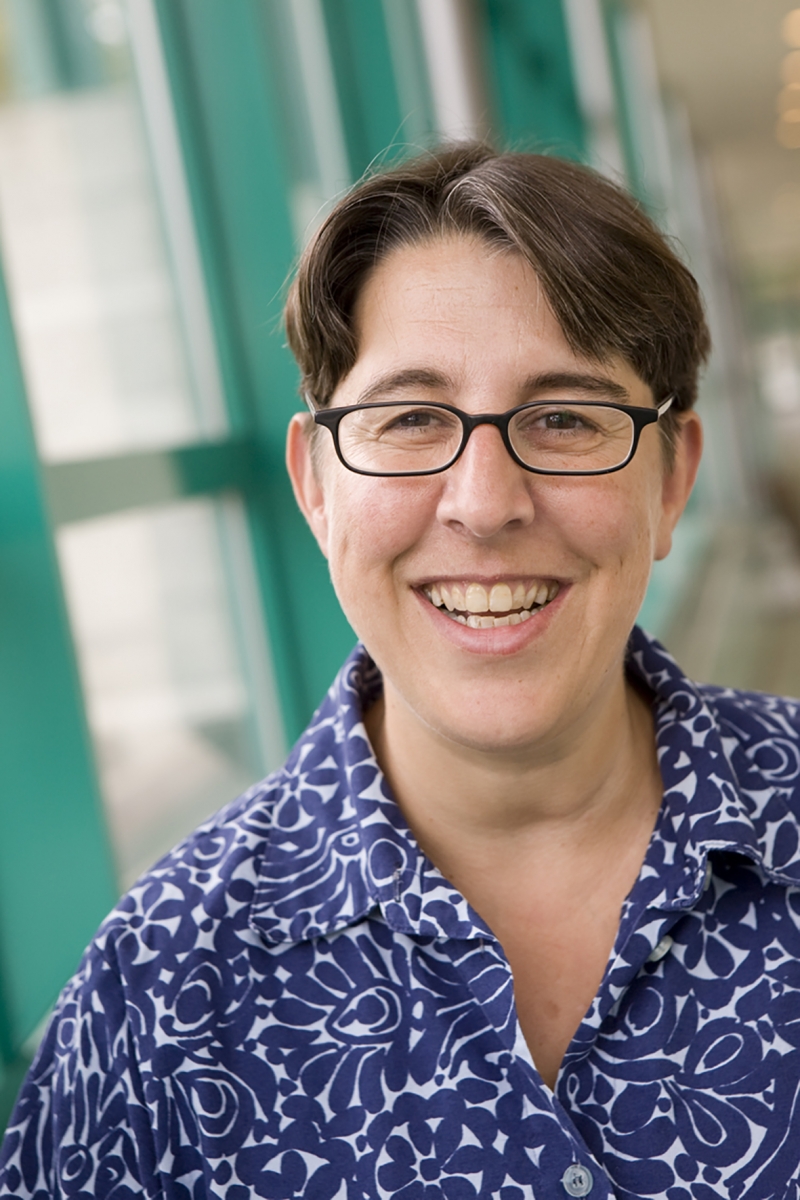 Amy Villarejo
Amy Villarejo
The main decision-makers are the showrunner, the studio, and the network. The level of control the executives have on the creative process varies. It’s clear by looking at the programming on each network what general aesthetic they support, for better or for worse. Ganatra confesses, “You do have to have those conversations with certain networks where you’re like, two black people can talk to each other and it’s going to be okay.”
Even directors have limited authority. Lynn Shelton (Your Sister’s Sister, Fresh Off the Boat) says, “It’s not really something where you can roll up your sleeves and say, ‘Let’s completely overhaul the script.’” The impact that a television director has is subtler. “Performance-wise, that’s where you really have more influence as a director,” Shelton says.
Rose Troche, director and co-executive producer of The L Word (she also directed episodes of Law and Order and Ugly Betty) says that “where you put the camera or how you look at someone” are choices made by the director, and it is at this level that an episode can be ‘queered.’
When the director is involved in the pilot they have more input. Troche recalls having more creative contributions in The L Word, as opposed to her later work in episodic television. “When I did an episode called ‘Liquid Heat’ in Season 5 and all the characters just had sex and I was like, how am I going to change this up or should I make a bold choice and make them all just do the same thing?! I was like, I’m running out of things in my repertoire!”
Staff writers also have limited power, and are essentially carrying out the vision of the showrunner. Writer and director Maria Maggenti (The Incredibly True Adventures of Two Girls in Love, Finding Carter) says, “If you want to keep your job, you don’t refuse to write a script.” All scripts go past the showrunner who often rewrites them from their own point of view and from network or studio notes. Many people I spoke with felt that if an offensive character or scene gets past the showrunner it’s never a simple mistake. Maggenti was adamant, “It’s not an oversight. … You do it because you don’t understand.”
Terry Lawler, Executive Director of New York Women in Film and Television talked about the larger forces at play: “It’s definitely much harder for women, gay people, people of colour, to get their stories in front of the right person. To get agents. To get agents to even read their work. There is a lack of opportunity all the way along, so if you can’t get an agent you can’t get seen and if you can’t get seen you can’t get your show on the air.”
Authenticity in a Fantasy World
If TV is always a one-part make-believe, then how can we be assured of authenticity? “There’s nothing really authentic about that house and all the SUVs that they’re driving around Los Angeles,” says Villarejo about Transparent. “It’s a very particular fantasy that grabs us and it’s okay to be grabbed by fantasy.”
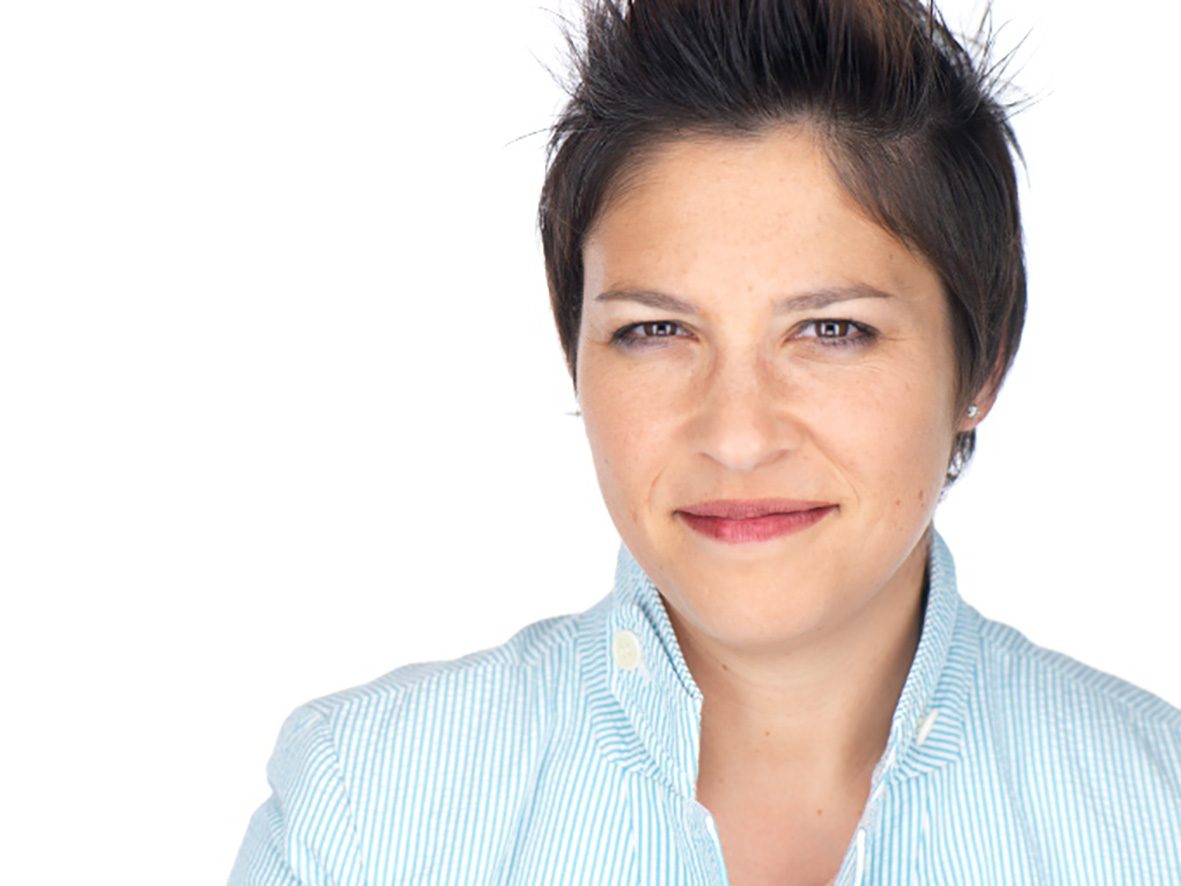
Numerous industry studies indicate that a disproportionate amount of white men create fantasies on screen. It’s problematic for the queer community because we are left to create an awareness of ourselves in other people’s fantasies. Shari Frilot, curator of New Frontier at Sundance Institute reflects, “Culture is a way for us to see ourselves and to understand our humanity.”
But being a queer content creator is not necessarily career suicide. Determination is key. “I used to struggle with it a lot more when I was younger and now I’m just like, There’s no getting out of it,” says Troche. Some feel that they are offered television jobs because of their unique perspective. Others think it’s held them back. A lot comes down to connecting with people or projects committed to diversity. Increasingly, there are more of those shows out there.
For actors, the game is to position yourself to fit as many roles as possible. Catherine Curtin, who plays Wanda Bell on Orange is the New Black, remembers being told early in her career that she couldn’t play a prosecutor because she didn’t have high cheekbones and wasn’t a brunette. She’s a larger, heterosexual woman with a raspy voice, so plays a lot of blue-collar characters, including angry revolutionaries and lesbians (and is proud to do so).
For Curtin, working on Orange is refreshing. It’s filled with sexually and racially diverse women with varying body shapes—which is not what we usually see on screen. “Film and television are predicated on female beauty in many ways and everybody knows that,” says Maggenti. That subjective judgment call is based on hetereonormative standards of allure. Maggenti remembers an incident in one writer’s room: “We really wanted a cute dyke character. A little butch, cute dyke character and [the supposedly progressive network] didn’t go for it, they just didn’t understand what that was. … They want cute, pretty girls.”
This puts visibly queer actors in a tight spot. Judy Bowman, a New York City Casting Director and out lesbian, admits that including visually readable queer people for most casting isn’t even a consideration, and those actors tend to end up playing eccentrics. Others “don’t know what to do, when to do it, and how it will impact their career,” she says. I certainly understand that dilemma. Visibly queer characters are the hardest to cast “because it’s self-selecting and very few dyke women are going to act,” says Maggenti. That is in itself a cultural loss.
Almost everyone I spoke to for this article cited Transparent as inspiring because of the way the show is run. “ I would go back to TV if I could be involved with something like Transparent,” says Troche. “[I’m] not talking about the content, although that is undeniably groundbreaking, but the mode of storytelling.”
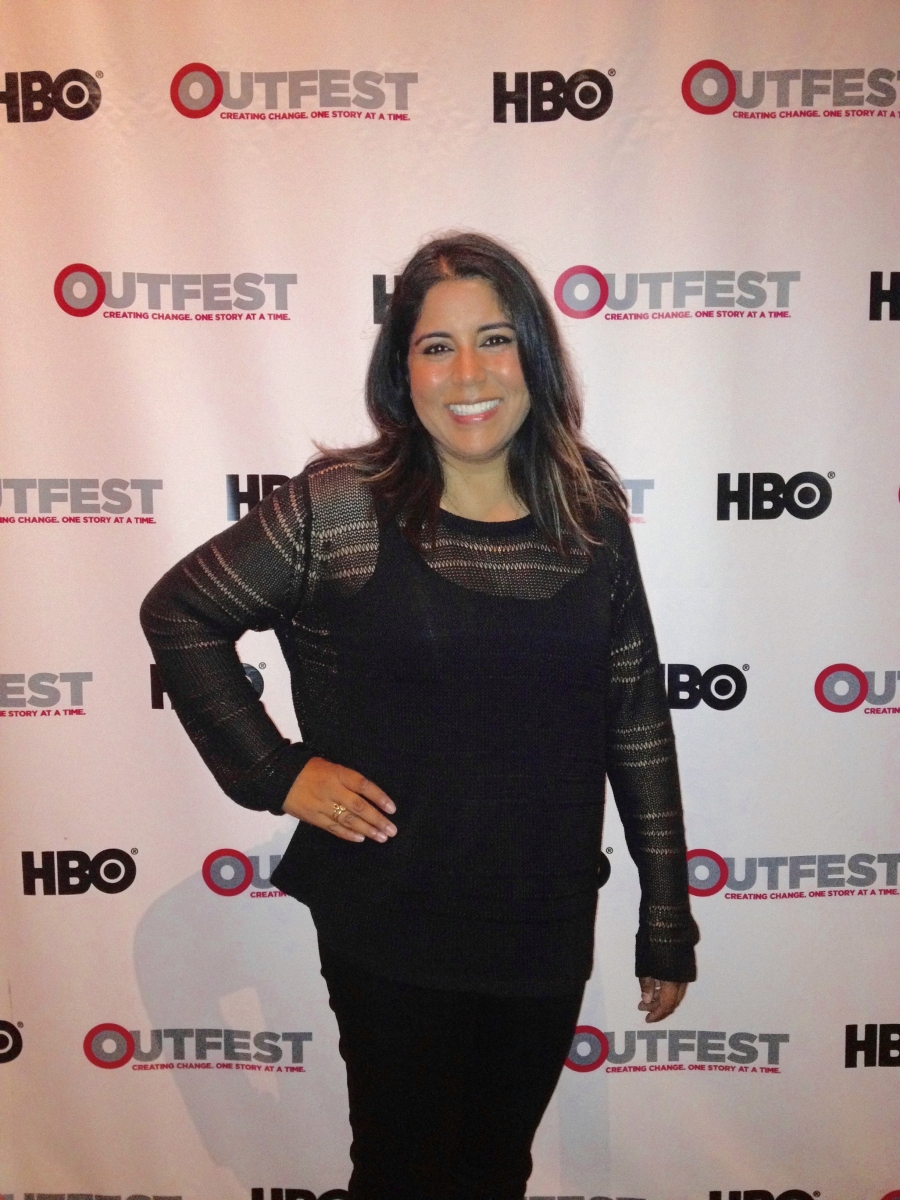
Transparent isn’t run like a traditional television show. Ganatra explained that it’s shot like a five-hour movie and storyboarded beforehand. Rather than use all guest directors most creatives are onboard for the entire season. Showrunner Jill Soloway sets up a working environment that is collaborative, supportive, and free, using what she called in her AFI keynote speech “feminine energy.”
Ganatra, whose first job in television was Transparent, was thrilled by what she found. “That was always a big concern, like, why am I trying to get in this industry that’s ultimately going to be not fulfilling creatively? …. You’re there every single day … until the end of production. That was sort of like the biggest difference.” Having so many queer people invested in the production changes what you ultimately see on screen, says Ganatra. “You feel the burden of, “OMG, are we representing in a way that is truthful?, you know. Absolutely, 100 per cent. Andrea Sperling [Co-Executive Producer] and I talked about it every single day… so much nuance, down to would she wear that or should her nails be short because now she’s with a woman.”
According to Catherine Curtin, Orange Is the New Black is also a unique set, “one of the best sets I’ve ever been on. It’s incredibly safe, it’s incredibly gentle, it’s incredibly supportive. … you feel comfortable asking really vulnerable questions.”
Will There Be More Queer TV?
The proliferation of networks and programming present a great opportunity for more queer stories because—other factors aside—networks are running out of ideas. Shelton says, “For you to have a show that is not going to be like 20 other shows you really have to diversify.”
The on-demand media industry has challenged TV norms. “The advantage now is that you don’t need as many people to watch the show for it to be a success in certain places,” says Lawler. Also, more non-network shows mean less accountability to advertisers, which leads to more risk-taking. When diverse shows are successful that signals to the networks that it’s okay to branch out. “That makes a huge difference in what decisions get made. It’s really about the money,” says Lawler.
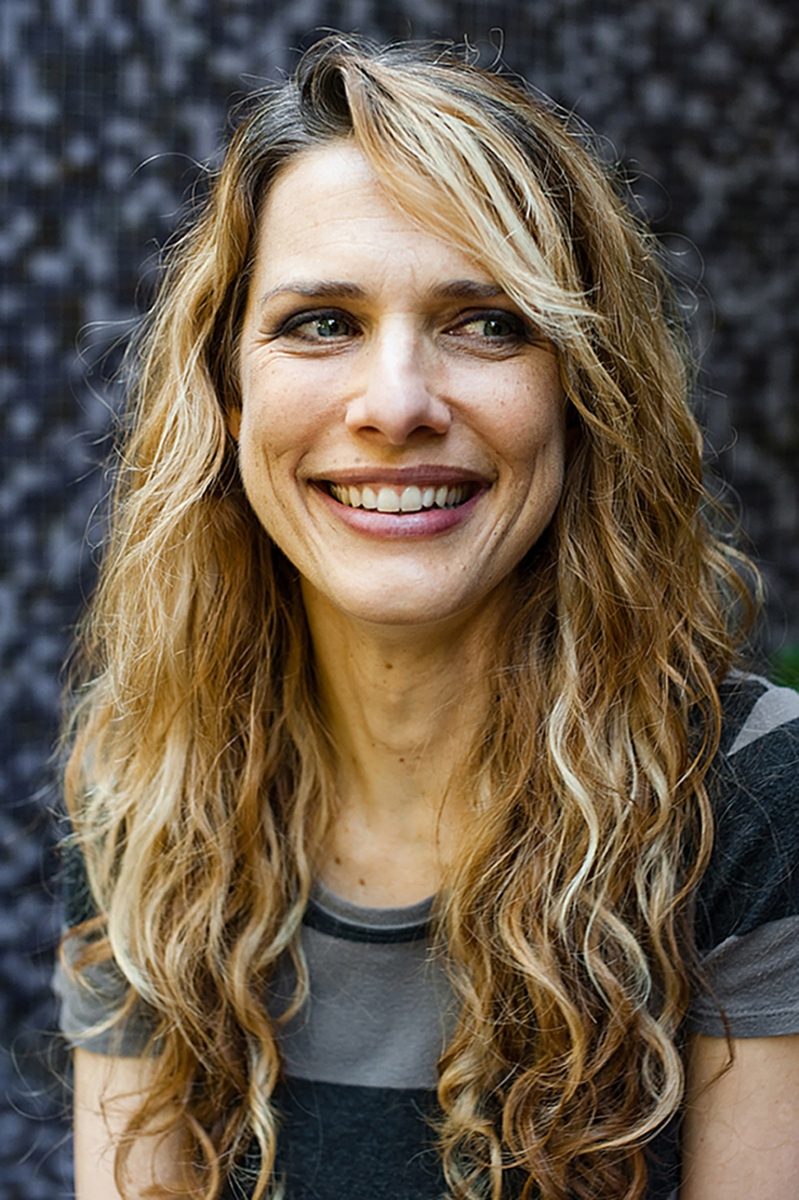 Lynn Shelton
Lynn Shelton
The model has changed, and so has the nature of the stories we see. “These new distribution commitments for seasons rather than pilots allow writers and directors to develop these visions that we’re clearly responding to as viewers,” says Villarejo. “They are very exciting visions, but they wouldn’t have worked in the network environment. A pilot can’t do it.”
Open-minded industry allies with decision-making authority are important, too. Ganatra recalls working with Amy Poehler. “When I was trying to make Chutney Popcorn it was, ‘Can you change the gay to straight?’ Amy Poehler said, ‘No, they absolutely have to be Indian and I think she should be gay, too.’ It’s a dream.”
While the mainstream film industry still struggles with issues of diversity, TV is leading by example. “This is a very good moment for television,” says Maggenti. So good, in fact, that I recently shaved the back of my head to reclaim my edgy queer dignity.

